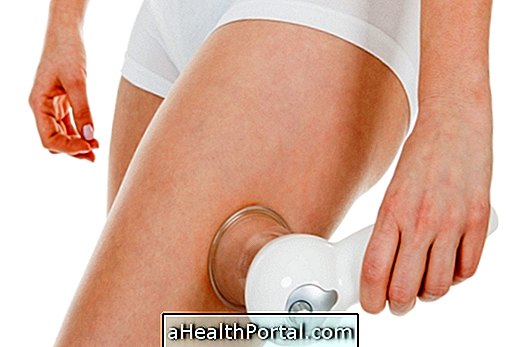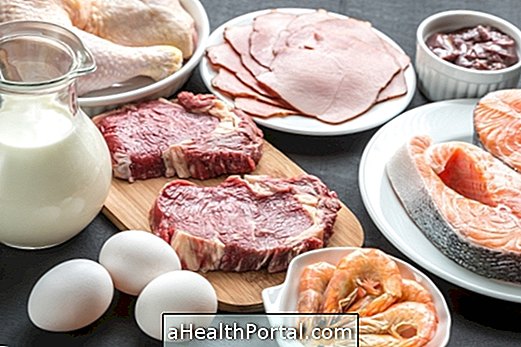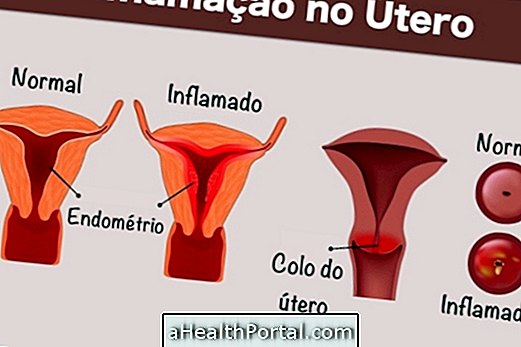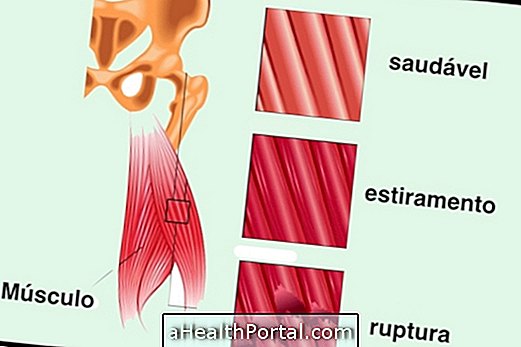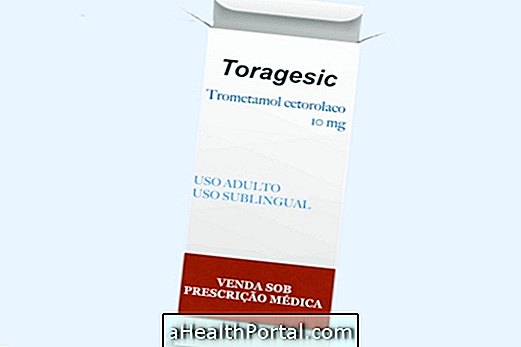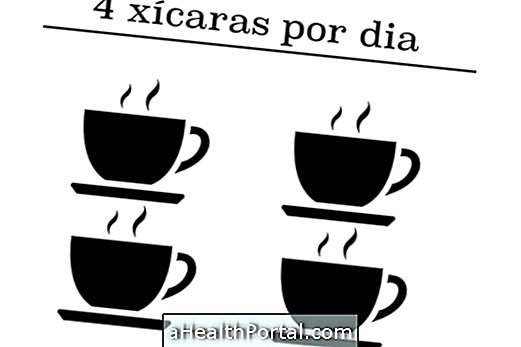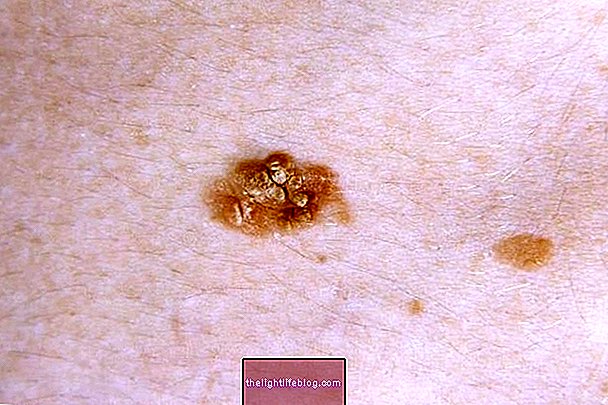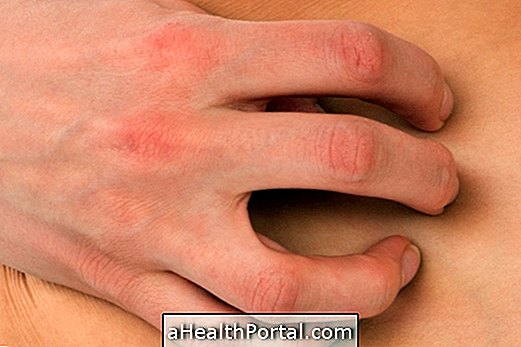The first signs of female pattern baldness are whitening of the color and the reduction of hair thickness in the upper part of the head, which evolves to decrease the amount of hair and the appearance of regions without hair.
Female pattern baldness is usually hereditary, and can occur at any stage of life from puberty, but it is most common after age 40 when menopause approaches. Their treatment is usually done with the use of medications such as Spironolactone, which help regulate the female hormones, which is the main cause of baldness in women.
Early signs of female pattern baldness
The first signs of female pattern baldness are:
- Severe hair loss than usual;
- Decreased yarn thickness;
- Bleaching of hair color;
- Decreased amount of yarn in the center of the head;
- Appearance of regions without hair on the head.
Female pattern baldness occurs mainly due to genetic factors and hormonal changes, being more common in menopausal women or women who have polycystic ovary syndrome.


How is the diagnosis of female pattern baldness
The diagnosis of female pattern baldness is made by the dermatologist through the evaluation of hair loss and the presence of other factors such as irregular menstruation, seborrhea and presence of facial hair.
However, in some cases the doctor may ask for additional tests to confirm the diagnosis, such as dermatoscopy, in which he had the scalp through a special magnifying glass, the trichogram, which evaluates the hair strand under the microscope, and the biopsy of the scalp.
Treatment of baldness in women
The treatment of baldness in women involves care with diet, weight control, reduction of seborrhea and use of medications according to medical guidance, which can be in tablet, such as Spironolactone, or topical use such as Minoxidil.
In general, you should take 50 to 300 mg of Spironolactone per day and apply Minoxidil 2 times a day to the scalp, but these medicines should not be used by pregnant or breastfeeding women.
It is also necessary to wash the hair at least 3 times a week to avoid seborrhea, using suitable products with neutral pH and without salt, so as not to harm the scalp. Another tip is to massage the head with your fingertips or comb your hair daily for at least 10 minutes because gentle friction on the scalp increases circulation in the region and improves yarn nutrition.
In addition, the diet should be rich in vitamins A, B12 and biotin, and minerals zinc and iron, which help in strengthening the hair and stimulate hair growth. These nutrients can be found primarily in meats, fish, eggs, milk and dairy products, peanuts and nuts, and the nutritionist should be consulted to assess the need to take vitamin supplements.
Here are food tips that strengthen hair and make hair grow.

To learn more about baldness treatment, see also:
- 4 ways to treat baldness
- Foods against hair loss
